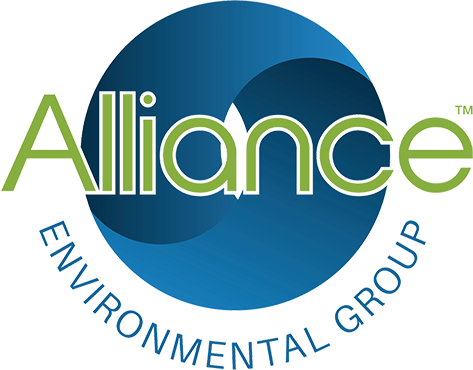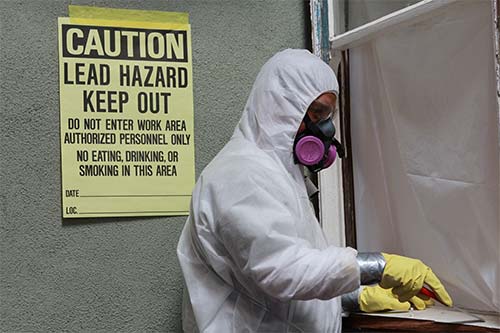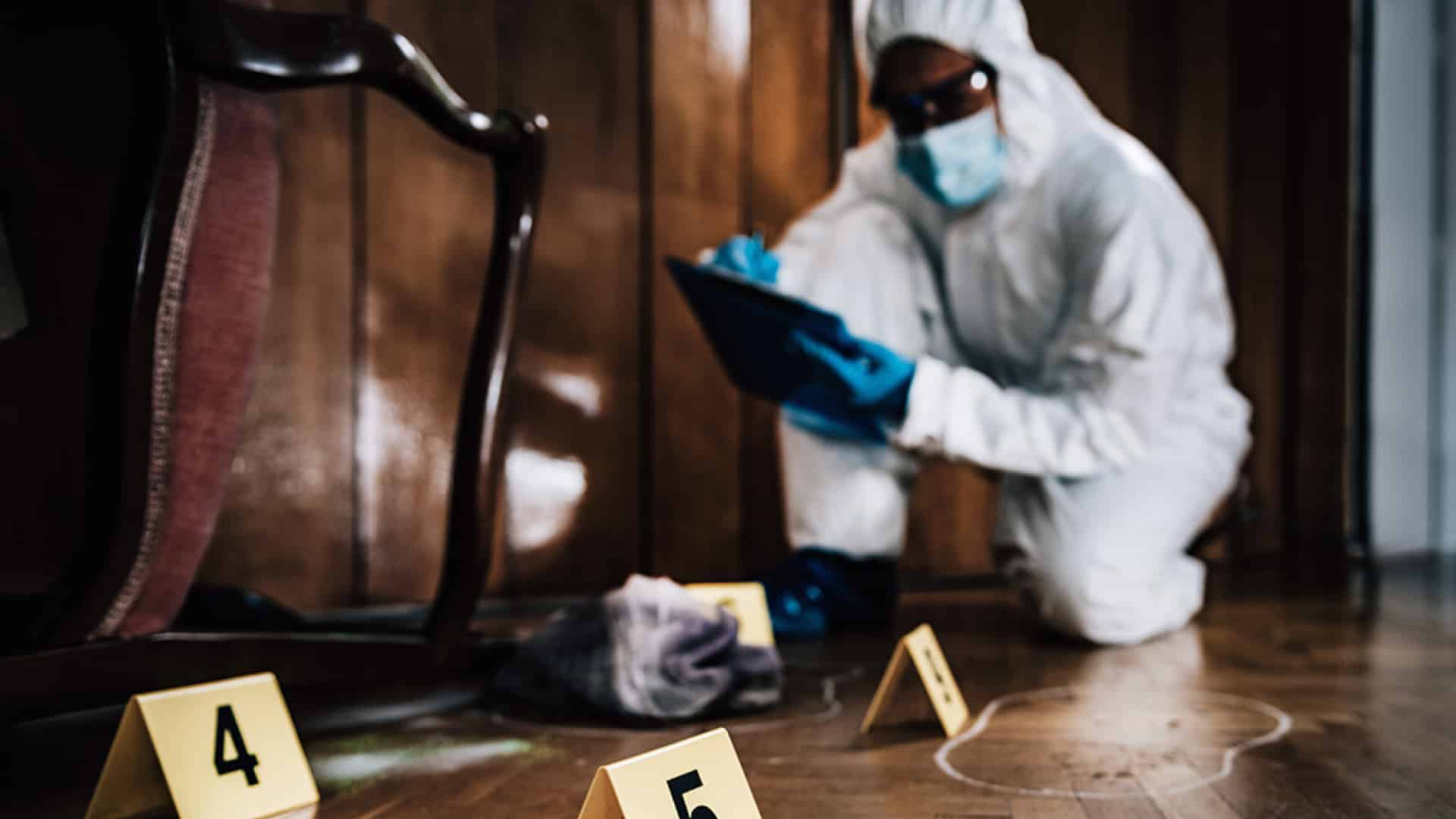Not all cleaning jobs are created equal. As a facility manager, understanding the distinction between standard cleaning and biohazard remediation is crucial for maintaining safe environments and meeting compliance requirements. This article clarifies the often-confusing terminology around cleaning services, explains the different risk levels involved, and helps you identify when to call the specialists for biohazard clean up nearby.
Understanding Standard Cleaning vs. Biohazard Remediation
What Is Standard Cleaning?
Standard cleaning encompasses the routine janitorial services that maintain the general appearance and basic hygiene of your facility. Janitorial staff typically work on regular schedules with predictable workloads and use conventional cleaning supplies that pose minimal health risks. These services typically include:
- Dusting and wiping surfaces
- Vacuuming and mopping floors
- Cleaning restrooms and kitchens
- Emptying trash receptacles
- Window washing
- Periodic deep cleaning of carpets
What Is Biohazard Remediation?
Biohazard remediation involves the removal, cleaning, and sanitization of potentially dangerous biological substances and contaminated materials. Unlike standard cleaning, biohazard remediation addresses serious health hazards that require specialized knowledge, equipment, and protocols.
Biohazard remediation typically addresses:
- Blood and bodily fluids
- Human or animal waste
- Chemical spills
- Unattended deaths or decomposition
- Infectious disease contamination
- Sewage backups
- Drug lab residue
When incidents that involve potentially infectious materials or hazardous substances occur, searching for “biohazard clean up near me” should be your immediate response rather than calling your regular cleaning crew.
Key Differences: Risk Levels, Tools and Training
Risk Assessment and Scope
The fundamental difference between these services lies in the risk level they’re designed to address.
Standard Cleaning:
- Focuses on aesthetic cleanliness and basic sanitation
- Addresses everyday dirt, dust, and minor messes
- Minimal exposure to harmful substances
- Low regulatory oversight
Biohazard Remediation:
- Targets invisible pathogens and harmful substances
- Addresses contamination that poses health risks
- Involves regulated medical waste and potentially infectious materials
- High regulatory oversight from OSHA, EPA, and local health departments
When you need “biohazard cleaning near me,” the service provider must understand these distinctions and be equipped to handle them appropriately.
Equipment and PPE Requirements
The tools and protective equipment required for each type of service reflect their respective risk levels.
Standard Cleaning:
- Basic cleaning supplies (mops, vacuums, all-purpose cleaners)
- Simple protective gear (rubber gloves, sometimes face masks)
- Conventional waste disposal methods
Biohazard Remediation:
- Professional-grade disinfectants and antimicrobial agents
- Specialized extraction equipment
- HEPA filtration systems
- Full personal protective equipment (PPE) including:
- Respiratory protection
- Full-body protective suits
- Face shields or goggles
- Multiple layers of gloves
- Medical waste containers and specialized disposal protocols
Training and Certification Requirements
Perhaps the most critical difference lies in the required qualifications of personnel:
Standard Cleaning:
- Basic training in cleaning procedures
- General workplace safety orientation
- Knowledge of common cleaning chemicals
- No specialized certifications are typically required
Biohazard Remediation:
- Bloodborne pathogen training (OSHA requirement)
- Hazardous communication standards training
- Personal protective equipment protocols
- Proper handling of biohazardous waste
- Knowledge of applicable regulations and compliance requirements
- Special certifications from organizations like the IICRC
When searching for “biohazard clean up nearby,” always verify that the provider meets these training and certification requirements.
Scenarios: When Standard Cleaning vs. Biohazard Remediation Applies
Understanding when to call which service is essential for proper incident response. Here are typical scenarios that help illustrate the difference:
Standard Cleaning Scenarios
- Routine office maintenance
- Spilled coffee or food
- Dust accumulation
- Fingerprints on glass surfaces
- Tracked-in mud or dirt
- Minor water spills
Biohazard Remediation Scenarios
- Blood spills (greater than a quarter-sized spot)
- Bodily fluid incidents
- Sewage backups
- Unattended deaths or suicides
- Rodent or pest infestations with droppings
- Chemical spills
- Mold remediation for extensive contamination
- Flooding with category 2 or 3 water (contains contaminants)
The Grey Area: When to Escalate
Some situations may initially seem appropriate for standard cleaning but require professional biohazard remediation.
- Small blood spots that have seeped into porous materials
- Recurring odors that might indicate hidden biological material
- Water damage where mold may be developing
- Areas with suspected needle use or drug residue
- Situations where cleaning staff express concerns about exposure
When in doubt, it’s always safer to consult with a service offering “biohazard clean up near me” rather than risk improper handling of potentially hazardous materials.
Making the Right Choice for Your Facility
When faced with a potential biohazard situation, facility managers should:
- Assess the nature of the incident and the materials involved
- Secure and isolate the affected area to prevent exposure
- Consult with environmental health and safety personnel, if available
- Contact qualified biohazard clean up services rather than standard cleaning staff
- Request proper documentation of all remediation procedures
- Maintain records of the incident and response for compliance purposes
Remember that visual cleanliness does not equal true sanitization when it comes to biohazards. The invisible threats—pathogens, bacteria, bloodborne viruses—require professional remediation, even when the visible evidence seems minimal.
Frequently Asked Questions (FAQs)
How do I know if a situation qualifies as a biohazard event? Situations involving blood, bodily fluids, unattended deaths or infectious materials are typically classified as biohazard events requiring professional remediation.
Is biohazard clean up covered by the same contract as janitorial services? No. Biohazard remediation typically requires a separate contract due to legal, insurance, and training requirements.
What documentation should I receive from a biohazard clean up vendor? You should receive a post-remediation report including waste manifests, before-and-after photos and verification of disinfection protocols.
How does improper remediation impact business insurance claims? Inadequate or unlicensed clean-up can void certain insurance protections and expose the business to litigation.
Professional Biohazard Remediation
Understanding the difference between standard cleaning and biohazard remediation is essential to maintain safe environments. Standard cleaning addresses everyday messes and maintains appearances. Biohazard remediation, meanwhile, tackles serious health hazards that require specialized expertise.
When situations arise that involve blood, bodily fluids, or other potentially hazardous materials, seeking professional “biohazard clean up near me” is the only appropriate response. These specialized services bring the necessary training, equipment and protocols to ensure thorough remediation and proper documentation, protecting both your facility occupants and your organization from unnecessary risks.



